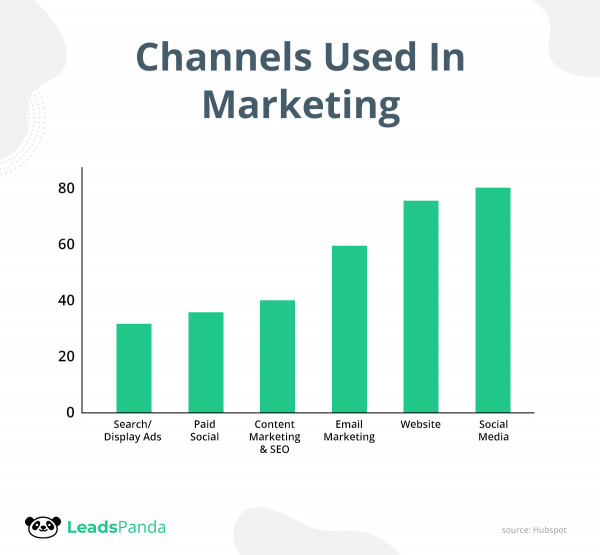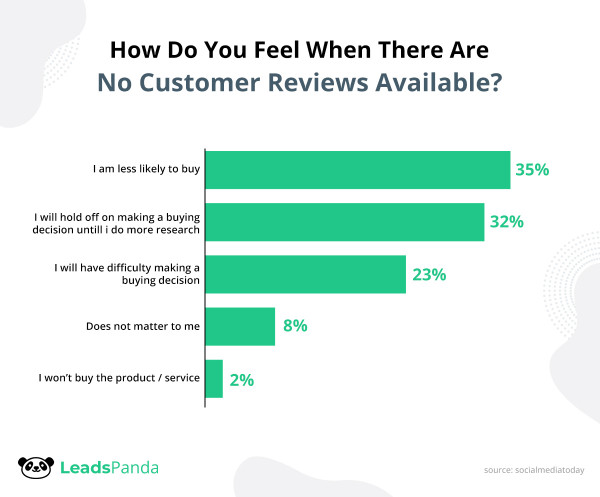The Evolution of Content Marketing
In the strictest sense, content marketing isn’t new.
As early as 1895, John Deere started producing a magazine for farmers.
In 1902, famed brand Jell-O started publishing recipe booklets that showed how you could use the product in new and creative ways.
While these ventures were never referred to as content marketing, the spirit of what they were and what they could be was evident. The logic behind it was certainly the same—and the intent was no different from how brands today approach their online and social media marketing.
True, the techniques, platforms, and strategies have evolved considerably, but that can only be expected for something that shows so much promise. The main components driving content strategy, then and now, are still the same: getting to know and understand your target audience, setting clear and actionable objectives, and executing a good strategy.
The Turning Point for Content Marketing
Content marketing may have existed through the years in some form or another, but it wasn’t until 2011 when Google ran its Zero Moment of Truth (ZMOT) study that it gave real context as to why content marketing was the future for a lot of businesses.
The study revealed that 88% of shoppers were making purchasing decisions well before they actually made the purchase. Discovery and awareness were key stages in the buying cycle, and word of mouth was a powerful way to help them convert.
The implications of this study were evident—a business’ story was something that could influence buying decisions, and it was in the best interest of a brand to help shape these conversations.
This also put the spotlight on Search Engine Optimization (SEO)—a strategy that helps brands rank for relevant keywords on search engines—while at the same time, clamping down on the practice of “keyword stuffing.”
Altogether, this marked the beginning of what would become Google’s continuous effort to ensure that users enjoyed a positive, helpful online experience; ultimately setting the stage for businesses to focus on producing better, more relevant, high-quality content.
The Rise of Social Media
To be clear, the rise of the content market cannot be credited solely to search engines. If you want to identify a clear influence on the growth and prominence of content marketing, it was the rise of social media.
Arguably one of the most disruptive trends in human history, social media had a profound impact on how brands did marketing. Social media made it possible for readers to consume content on their preferred platforms. Where search engines require you to make a purposeful search on Google or Bing; the content you see on your Facebook or Instagram feed finds you.
This gave brands more reason to pay attention to the content they produced. It wasn’t enough to produce content just for the sake of it, brands needed to craft something attention-grabbing and engaging that could easily be shared across social media channels. In fact, to date, more than 80% of marketers use social media.

Everybody Loves Video
Content marketing leverages various forms. Blogging was by far the one businesses were most familiar and comfortable with. Blogs at this point were standard additions to websites and were used as a way to boost SEO effectively. However, it wasn’t long before marketers realized readers wanted a more diverse mix of content. This is why infographics, case studies, ebooks, and interviews were eventually added to the mix. More importantly, video began to dominate.
As technology evolved, videos also became easier to create, making it so much faster for brands to produce and publish them. Today, 70% of marketers use video as their primary form of media for content strategies, especially since 9 out of 10 people have explicitly said they want to see more videos from brands they follow.
It wasn’t long before social media leveraged the audience’s inherent love for video content. Around 2018, younger demographics began to move away from vanguard social media sites like Facebook and started using platforms like Instagram, TikTok, and Snapchat. This doesn’t necessarily mean that brands should stop publishing content on Facebook. Rather, it emphasizes the need to diversify your content mix and cater to the growing audience on newer platforms.
The Age of User-Generated Content
The trends also highlight that user-generated content is beginning to gain a solid foothold in content marketing. According to one study, 90% of consumers are heavily influenced by user-generated content when it comes to buying decisions.
Why? User-generated content not only allows every piece of content that you publish online to be unique. It’s also more relevant and engaging to audiences. Reviews, testimonials, and similar content help inform other customers what’s great about your products.
 Reviews and user-generated content (UGC) make marketing more authentic.
Reviews and user-generated content (UGC) make marketing more authentic.
Tools and platforms today also make it much easier for users to produce their own content. If you have a smartphone, you can create a quick video or write a testimonial about a product you love as easily as you would send an email or text. With the influence of mobile consistently growing, more opportunities for new and emerging media will definitely continue to dictate how technology and user habits will continue to evolve for content marketing.
As Content Marketing Forges Ahead…
Content marketing has evolved from being something that brands push to their desired audience to becoming an essential tool that helps brands influence customers to create authentic, engaging, and effective content for their brands.
It will be fascinating to see how content marketing will continue to evolve as technology responds to the changing needs of its users and adapts to be relevant as digital channels continue to be introduced.
Remember, if you’re a content marketer and want to keep up, it’s important to take a multi-channel approach that covers numerous platforms and helps expand your reach. Be sure to be responsive, engaging, and build loyalty among your audience.
If you want to learn what we can do to help you boost your content marketing efforts, get in touch with us. Book a consultation or get started with LeadsPanda to find out how we can help you.
For any questions, leave a comment below or check out our LinkedIn or Twitter. And as always, if you found this post useful, feel free to hit the share buttons below.
Share This Story
2 Comments
Leave A Comment
Get the latest growth ideas, strategies, and best practices delivered to your inbox.
Quick read that helps 7000+ subscribers.









[…] As the industry evolved through the years, best practices were studied, explored, and shared. In the process, we have learned a few content marketing hacks that make critical processes more efficient and productive. […]
[…] we appreciate—can be created anywhere. When we take a step back and look at the world, we see how content marketing evolved. We see trends and strategies dictate how effective communication can vary across cultures and […]